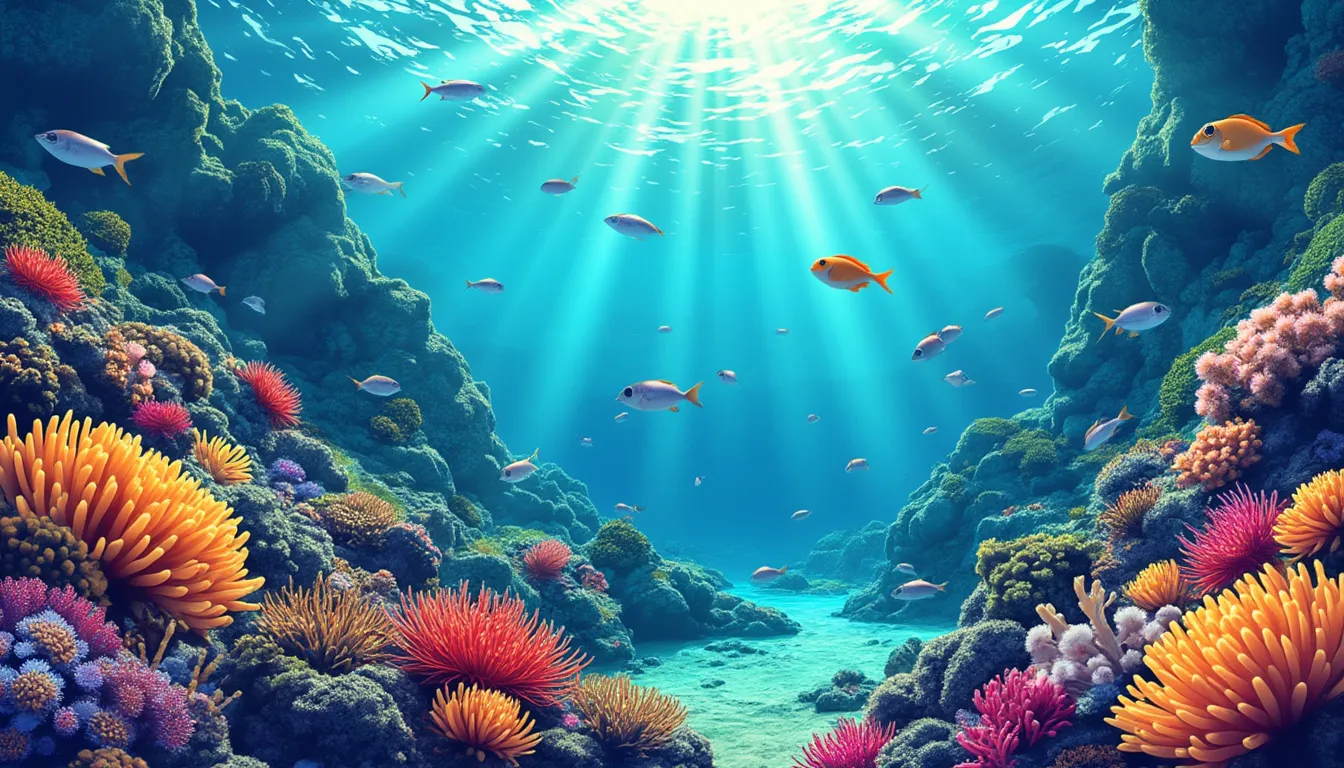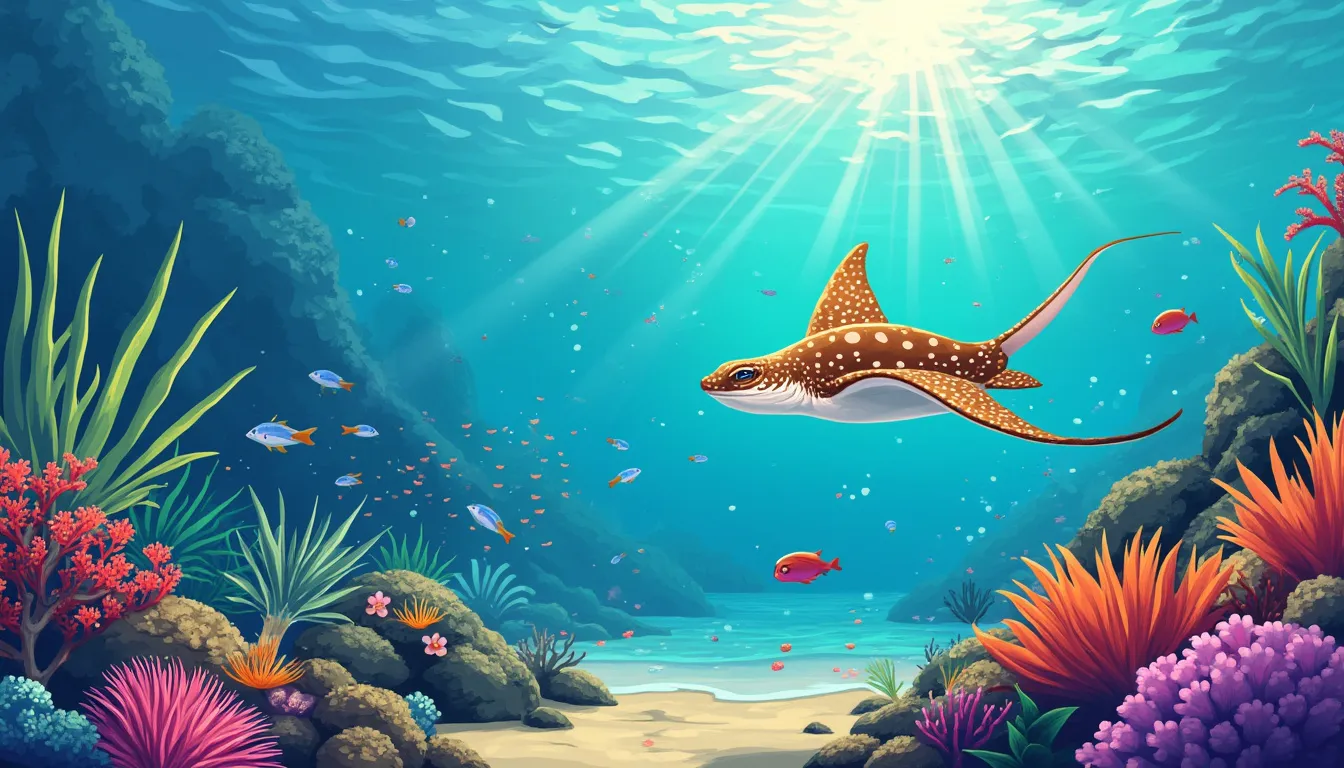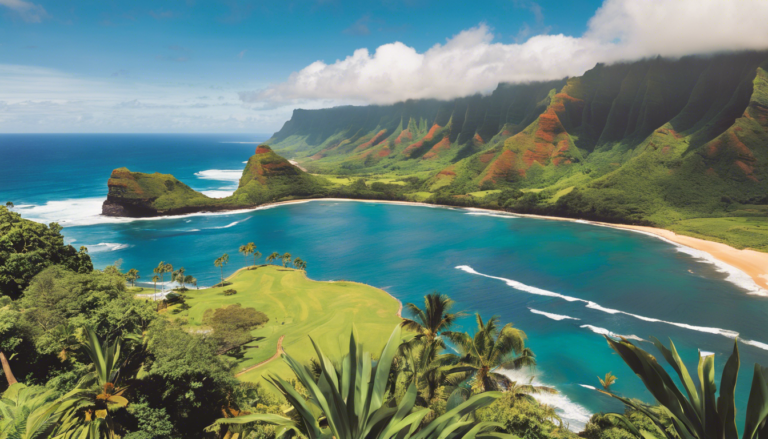Hawaii, renowned for its breathtaking landscapes and vibrant culture, is equally distinguished by its abundant marine biodiversity, making it a premier destination for marine life enthusiasts. The Hawaiian archipelago, isolated from continental land masses, boasts unique marine ecosystems teeming with various species, creating an underwater paradise that attracts divers, researchers, and nature lovers from around the globe. Among the many marine creatures that inhabit these waters, one intriguing inquiry often arises: Are there stingrays in Hawaii? Understanding the presence and role of stingrays within Hawaii’s marine environment not only enriches our appreciation of its ecological complexity but also enhances our commitment to preserving these delicate underwater habitats. This exploration is pivotal not just for academic and conservation purposes, but also for eco-tourists eager to witness the majestic dance of these aquatic marvels in their natural realm.
Hawaii, a central hub in the Pacific Ocean, is renowned for its breathtaking landscapes and the vibrant tapestry of marine life that calls its waters home. The islands’ location and the surrounding ocean currents contribute to an incredibly rich and diverse ecosystem, which attracts both marine life enthusiasts and researchers from around the globe. From vibrant coral reefs to deep ocean environments, Hawaii provides a unique window into the underwater world. The vast variety of species, including various fish, mammals, and invertebrates, make it a significant point of interest for anyone looking to explore marine biology in a tangible and meaningful way.
The archipelago, comprising eight main islands and several atolls, hosts an incredible array of marine biodiversity. This is largely due to the islands’ geographic isolation, which has allowed a unique collection of species to thrive. Coral reefs, which cover over 1,200 kilometers of reef tract, are one of the most critical components of Hawaii’s marine ecosystems. These reefs support thousands of marine species, many of which are endemic, meaning they can be found only in Hawaiian waters.
Hawaii’s marine life is not only diverse but also includes several species that contribute to its mystique and allure. For instance, the Hawaiian monk seal, one of the most endangered seal species, and the green sea turtle, locally known as honu, both find sanctuary in these waters. The state’s protected marine areas and national parks also play a pivotal role in the conservation of these species, offering researchers and scientists valuable insights into marine ecology and conservation efforts.
The fascination with Hawaii’s marine life often leads to the question: Are There Stingrays in Hawaii? This query is not just essential for curious tourists but also for marine biologists conducting in-depth studies about the distribution and behavior of marine species in these waters. Understanding the presence and roles of all marine organisms, including stingrays, helps paint a comprehensive picture of Hawaii’s unique marine ecology.
Stingrays, with their distinct flat bodies and long, whip-like tails, are part of the cartilaginous fish category and are closely related to sharks. These creatures play critical roles in their ecosystems, particularly as benthic feeders, helping to maintain the balance of marine habitats by consuming crustaceans, small fish, and mollusks. In Hawaii, understanding whether stingrays inhabit these waters sheds light on the health and dynamics of its marine ecosystems. The presence of stingrays might indicate specific ecological conditions or changes, such as water temperature shifts or prey availability, which can provide valuable data for marine scientists and conservationists.
Embarking on an exploration of marine life in Hawaii, therefore, means acknowledging the breadth and scope of its biodiversity and the intriguing question of stingray presence. Whether you are diving into the warm waters of the state’s coastlines, snorkeling above a vibrant reef, or engaging in a scientific endeavor, understanding these dynamics is integral to appreciating and preserving the natural beauty of Hawaii’s marine environments.

Hawaii, an archipelago revered for its captivating marine diversity, holds a special allure for both marine enthusiasts and researchers. A common query that arises is: Are there stingrays in Hawaii? The answer is affirmative, and exploring the presence and species of stingrays in Hawaiian waters opens a fascinating chapter in the marine biodiversity narrative of the islands.
Hawaiian waters serve as home to a variety of stingray species, each exhibiting unique characteristics and behaviors adapted to the surrounding marine environment. Among the notable species, the most prevalent is the eagle ray, specifically the Spotted Eagle Ray (Aetobatus narinari), which is well-regarded for its graceful swimming and distinctive spotted pattern. This species tends to inhabit coastal regions, preferring sandy bottoms near coral reefs and rocky outcrops, which provide both abundant food sources and protection from predators.
Another species occasionally spotted in Hawaiian waters is the manta ray. While not a true stingray, the Manta Ray (Manta birostris) is often included in discussions due to its large size and similar morphology. These gentle giants favor the clean, nutrient-rich waters of certain Hawaiian coasts and are especially frequent in shallow reefs and open ocean environments, where plankton is abundant.
The yellow stingray (Urobatis jamaicensis), although more common in mainland coastal regions, has sporadic sightings reported in Hawaiian waters. This species typically dwells in seagrass beds and sandy or muddy substrates, often camouflaging itself against the ocean floor to evade both predators and capture prey.
These diverse stingray populations highlight the dynamic marine life prevalent in Hawaii and contribute significantly to the local ecosystem, serving as both apex predators and prey for larger marine animals. Their presence reflects the unique marine conditions of Hawaii, characterized by its warm, clear waters teeming with biodiversity.
For tourists and researchers eager to observe these fascinating creatures in their natural habitat, identifying prime locations is crucial. Prominent locations where stingrays are frequently observed include Maui’s Molokini Crater, known for its crescent-shaped mouth shielded from waves and strong currents, creating an idyllic environment for marine exploration. Here, snorkelers and divers can often spot eagle rays gliding gracefully among vibrant coral reefs.
Kealakekua Bay on the Big Island is another favored site. This marine sanctuary, dotted with diverse coral structures, serves as a popular viewing spot for many marine creatures, including stingrays. The calm, clear waters offer optimal conditions for stingray viewing, providing a window into the tranquil yet profoundly active underwater world.
Additionally, the Kauai’s North Shore offers a unique setting where stingrays can sometimes be seen during low tide in the tidal pools of Queen’s Bath. Although not as common, these tidal interactions provide an intriguing perspective on how stingrays utilize diverse marine environments for feeding and protection.
Understanding the behavioral patterns of stingrays enhances the ability to encounter them. Stingrays tend to be docile, spending a significant amount of time partially buried in sediment during the day and becoming more active foragers at night. This nocturnal behavior is driven by their search for invertebrates and small fish, which they detect using sensors on their flattened bodies.
For those seeking a deeper understanding of these elegant creatures, guided tours and diving excursions offer educational insights and safe, responsible opportunities to witness stingrays in their natural settings. Many tours emphasize conservation, highlighting the importance of preserving Hawaii’s delicate marine ecosystems not just for the enjoyment of snorkeling and diving enthusiasts, but for future generations as well.
Thus, by answering the question, Are there stingrays in Hawaii?, it becomes evident that these remarkable species add to the vibrant tapestry of marine life that defines the Hawaiian Islands. Their presence offers not just exciting observation opportunities for tourists and researchers, but also necessitates ongoing conversations about marine conservation and ecological respect.
In conclusion, Hawaii’s diverse and vibrant marine ecosystem presents an extraordinary opportunity for enthusiasts to explore the fascinating underwater world, where stingrays add to the rich tapestry of marine life. While Hawaii may not be renowned globally for its stingray population, these graceful creatures do inhabit its waters, contributing uniquely to the state’s marine biodiversity. Several species of stingrays can be found in various locations across the Hawaiian archipelago, particularly in warm, shallow waters that foster their presence. Renowned spots such as the waters around the island of Oahu or the bays of Maui offer prime conditions for sightings, attracting both tourists eager to observe these enigmatic creatures in their natural habitat and researchers seeking to unravel the mysteries of their behaviors and interactions within the ecosystem. The existence of stingrays in Hawaii underscores the complexity and allure of the state’s marine environments, highlighting the importance of ongoing conservation efforts to preserve these natural habitats for future generations. By deepening our understanding of stingrays’ roles within Hawaiian marine life, we can better appreciate and protect the remarkable diversity that makes Hawaii a celebrated destination for marine exploration.







